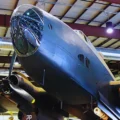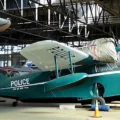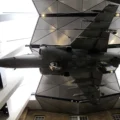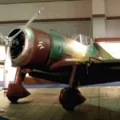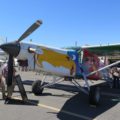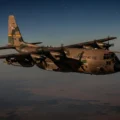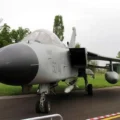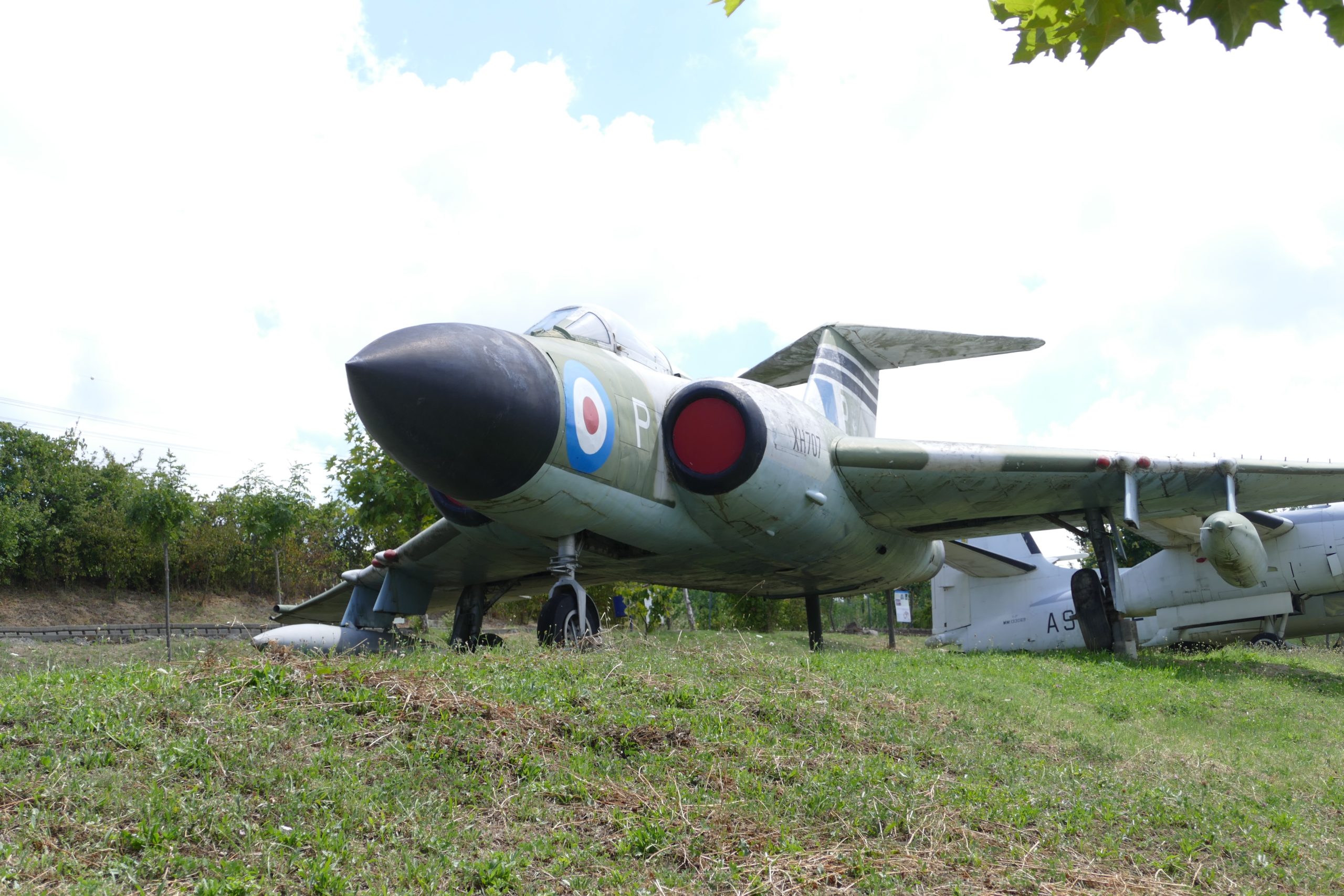
Глостер Джавелін | |
|---|---|
| Країні | Великобританії |
| Роль | Винищувач/перехоплювач погоди |
| Перший політ | : 26 листопада 1951 |
| Побудований | 436 |
У 201 Глостер Джавелін is a twin-engined T-tailed delta-wing subsonic night and all-weather interceptor aircraft that served with Britain’s Royal Air Force from the mid-1950s until the late 1960s. The last aircraft design to bear the Gloster name, it was introduced in 1956 after a lengthy development period and received several upgrades during its lifetime to its engines, radar and weapons, including support for the De Havilland Firestreak air-to-air missile. The Javelin was succeeded in the interceptor role by the English Electric Lightning, a supersonic aircraft capable of flying at more than double the Javelin’s top speed, which was introduced into the RAF only a few years later. The Javelin served for much of its life alongside the Lightning; the last Javelins were withdrawn from operational service in 1968 following the introduction of successively more capable versions of the Lightning.
Джерело: Глостер Джавелін у Вікіпедії
| Глостер Javelin FAW9 прогулянка навколо | |
|---|---|
| Фотографів | Сеес Гендрік |
| Локалізацією | Незнай |
| Фото | 43 |
| Gloster Javelin FAW 7 Прогулянка навколо | |
|---|---|
| Фотографів | Незнай |
| Локалізацією | Незнай |
| Фото | 18 |
| Глостер Джавелін Мк.9 Прогулянка Навколо | |
|---|---|
| Фотографів | Незнай |
| Локалізацією | Незнай |
| Фото | 36 |
Читайте також:
У 201 Глостер Джавелін — двомоторний всепогодний літак-перехоплювач, який служив у Королівських ВПС Великої Британії наприкінці 1950-х і більшу частину 1960-х років. Це була конструкція з дельта-крилом, останній літак, який носив ім'я Gloster. Javelin був розроблений відповідно до специфікації висотного швидкісного винищувача для протидії загрозі радянських бомбардувальників. Він був оснащений радаром і чотирма 30-мм гарматами і міг нести вісім ракет класу "повітря-повітря".
У 201 Спис мав характерний Т-подібний хвіст і великий плавник, що надавало йому стабільності та контролю на надзвукових швидкостях. Javelin надійшов на озброєння в 1956 році і був розгорнутий у кількох ескадрильях Королівських ВПС у Великій Британії та за кордоном. Він брав участь у бойових діях під час надзвичайної ситуації в Малайї та Індонезійського протистояння, де він довів свою ефективність у перехопленні зловмисників, що низько літали. Наприкінці 1960-х років Javelin був поступово замінений на англійську Electric Lightning та McDonnell Douglas F-4 Phantom II. Всього було побудовано 435 Javelin, з яких 11 зберігаються в музеях.
Views : 3157


